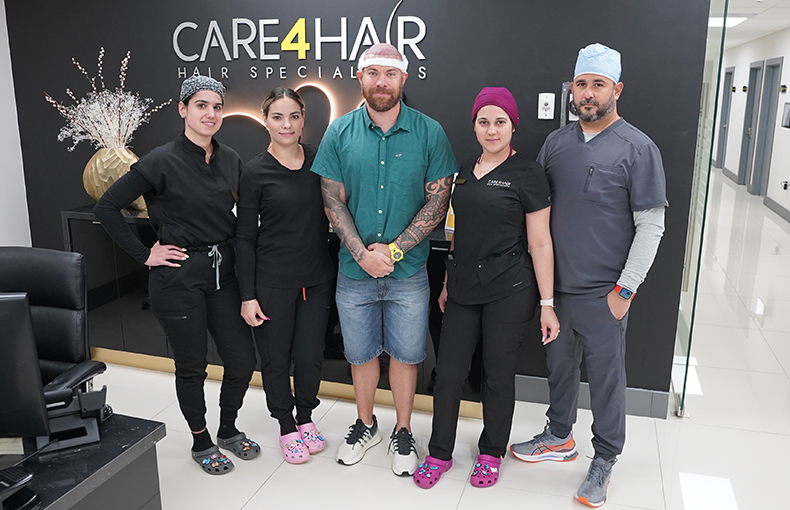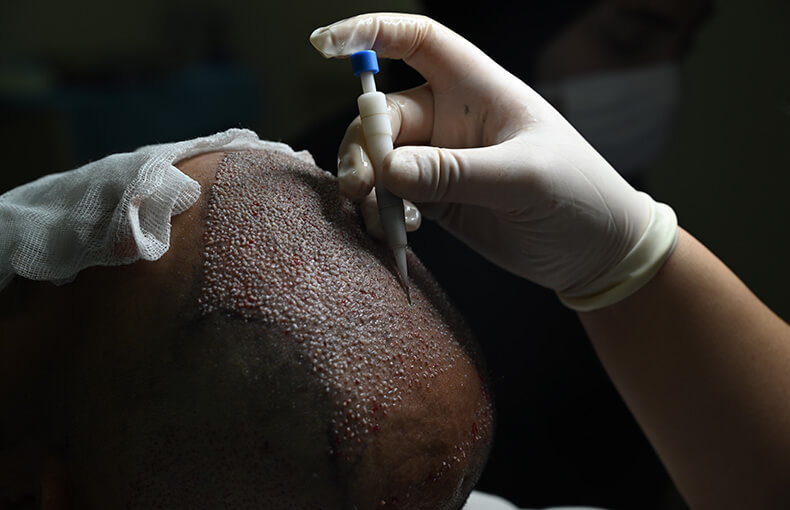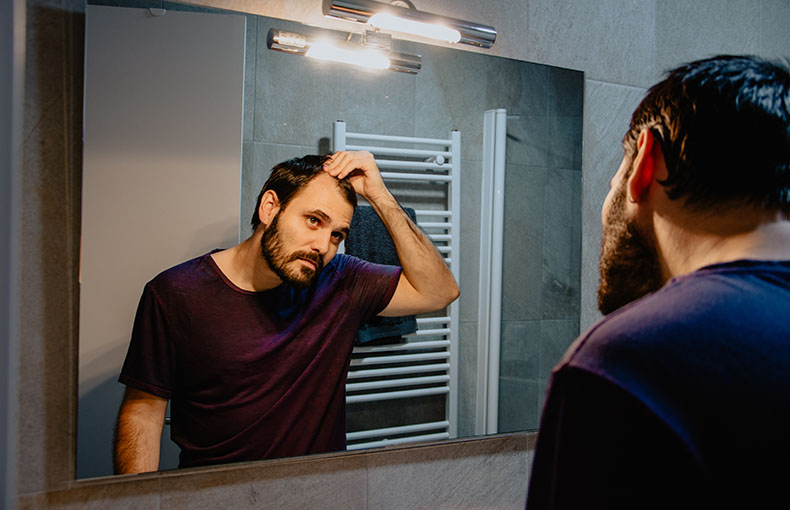
Does hair transplant hurt
A very paradoxical phenomenon that many patients go through after getting hair transplants is “shock hair loss.” This is a sudden loss of hair following a surgical procedure. The causes are not well-understood, but many factors have been pointed out, such as scalp tissue inflammation and blood supply disruptions during surgery. Shock hair loss can be very psychologically impacting for hair transplant patients since the reason they’re getting the transplant is to restore hair where it’s been lost. As many hair transplant surgeons–including us at Care4Hair–continue to point out, shock hair loss as a result of a transplant is not a permanent effect and seems to be a natural part of the transplantation of the hair follicles. We always advise our patients not to worry about this “shedding” that occurs following surgery and simply take the best care possible not to disturb the scalp during the crucial weeks of healing.
Many patients have expressed concern over where shock hair loss might happen. Whether a patient opts for FUT or FUE, shock hair loss seems to occur only in the most disturbed areas of the scalp: the donor site and the recipient site. Now, because of the nature of FUE, in which the surgeon extracts follicles individually from donor regions throughout the patient’s scalp, the patient might experience shedding throughout the scalp. Patients undergoing the FUT procedure, on the other hand, are more likely to experience the shedding in the recipient site and the area immediately surrounding the scar left by the FUT‘s grafting procedure.
Shock hair loss is temporary. As we advise our patients, shock hair loss is a typical response to hair transplant surgeries. For most people, the loss begins 2 to 8 weeks after the surgery, though you can start to see regrowth beginning the third month from surgery. Indeed, many patients are upset by the fact that they seem to shed hair after they’ve had a hair transplant. To reiterate, this is not a failure of the transplantation surgery. The shedding is a regular occurrence of the follicles acclimating to their new locations. Furthermore, the shedding is likely to be diffuse and not total. You will see some hair remain in place. Most estimates say that the final results of your transplant will be visible 12 to 18 months following surgery.
Causes
The exact causes of shock hair loss are not yet wholly understood, though studies have pointed out certain factors that contribute to it. First, and perhaps most obviously, is the trauma the scalp suffers in surgery. The second is the interruption in blood flow to the scalp, a side-effect of general anesthetics Last, shock hair loss might simply be part of the shedding-regrowth cycle with which the hair naturally responds to changes. Indeed, “whole head” shedding due to anesthetics used in surgery has been scientifically documented. Taking vitamins and supplements can help stem hair loss, but the condition is a natural reaction to both the surgery and the anesthetic. One of the most challenging issues in determining whether surgical trauma or anesthesia causes hair loss in patients is the fact that they always go together.
Prevention?
Prevention is also not easy to prescribe because the actual cause of post-surgical hair loss is difficult to point out exactly. Some data has shown that taking Rogaine or Finasteride a month before surgery and throughout the recovery can help prevent hair loss. Patients can also resort to vitamins and supplements such as HelpHair protein shakes to boost hair growth.
Overall, the success of your hair transplant will depend on taking active measures not to disturb your newly implanted follicles. As we’ve mentioned in previous blogs, your post-surgical recovery will depend on not putting pressure on the recipient region where the follicles are acclimating to their new environment. You should avoid hat wear, scratching your scalp, and even avoiding putting your head directly under the showerhead when you shower. Consult with your Care4Hair surgeon to learn more about how you can diminish hair loss and ask questions about the process.




















